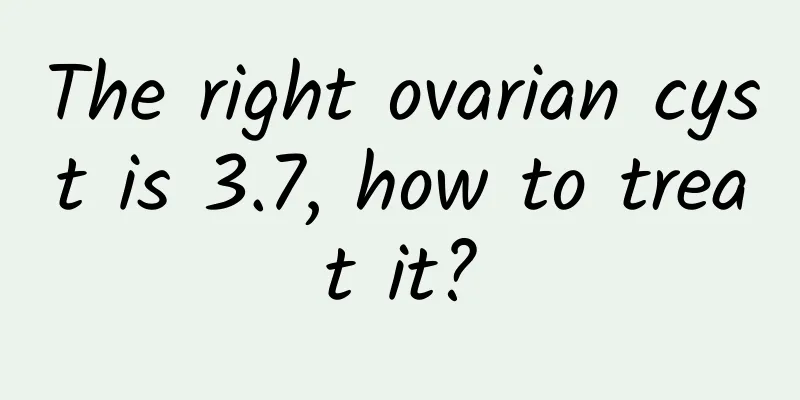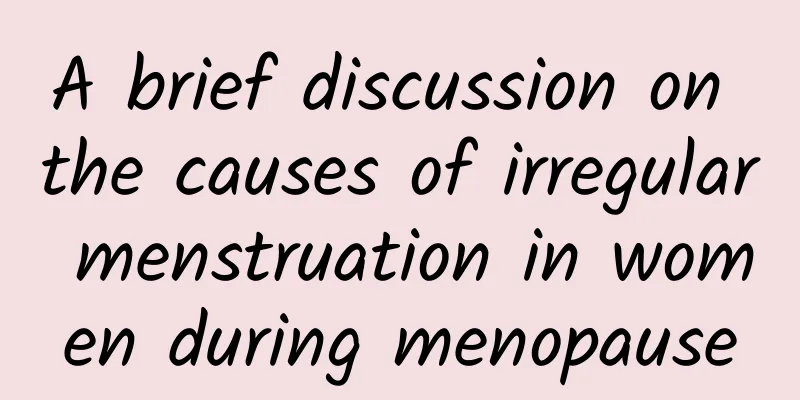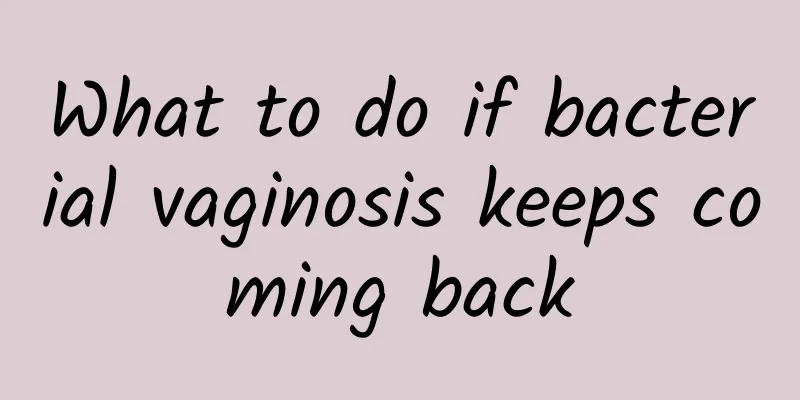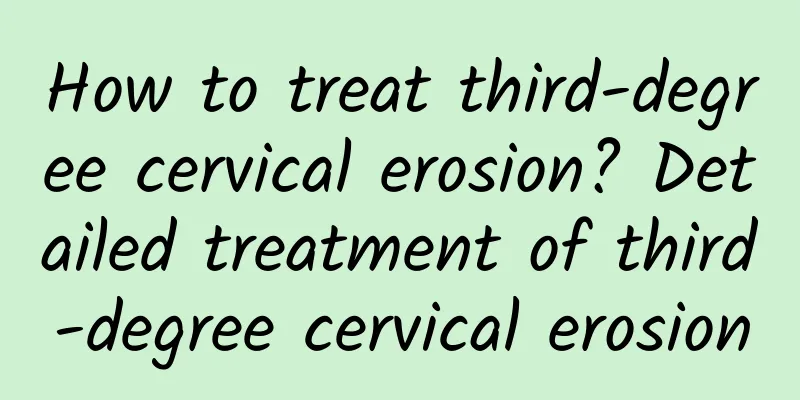The right ovarian cyst is 3.7, how to treat it?

|
Generally speaking, if the ovarian cyst is smaller than 3cm, the patient does not need to worry too much. This is usually a physiological ovarian cyst and can disappear on its own. If it is larger than 3 cm, you should pay more attention to the growth of the cyst. harm: 1. A common complication of ovarian cysts is tumor rupture, which can be spontaneous rupture caused by ischemic necrosis of the cyst wall or tumor erosion; or traumatic rupture caused by squeezing, delivery, gynecological examination and puncture. After rupture, the cyst fluid flows into the abdominal cavity, irritating the peritoneum, causing severe abdominal pain, nausea, vomiting and even shock. During the examination, there are abdominal irritation signs such as abdominal wall tension, tenderness, rebound pain, and the original mass shrinks or disappears. 2. Infection is also a complication of ovarian cysts. It is rare and mainly secondary to the torsion or rupture of the tumor pedicle. The main symptoms include fever, abdominal pain, elevated white blood cell count and varying degrees of peritonitis. Infection should be actively controlled and regular surgical examinations should be performed. 3. Malignant changes are the most serious complications of ovarian cysts. Malignant changes of benign ovarian tumors often occur in older women, especially after menopause. The tumor grows rapidly in a short period of time, and the patient feels bloating and loss of appetite. The tumor volume increases significantly, becomes fixed, and there is more ascites. Suspected malignant changes should be treated promptly. Treatments for ovarian cysts include: 1. Semi-conservative surgery: The treatment of ovarian cysts mainly involves the removal of the uterus and endometriosis to preserve ovarian function. It is suitable for patients under 45 years old who have no fertility requirements or have extensive lesions and cannot preserve fertility or have uterine fibroids or adenomyosis. 2. Surgical treatment: laparotomy and laparoscopic surgery. The treatment of ovarian cysts includes separation of pelvic adhesions, electrocautery or removal of pelvic lesions, uterine suspension ovarian endometriosis cyst resection, uterine myomectomy and severe dysmenorrhea. |
<<: Five symptoms of malignant uterine fibroids
>>: How to prevent premature ovarian failure
Recommend
How long does it take for a chocolate cyst to form?
How long does it take for a chocolate cyst to for...
Lose 3 kg after giving birth! Chinese medicine doctors recommend eating this way after childbirth
The curse of postpartum obesity has always been t...
What medicine is good for women with irregular menstruation? Try these dietary treatments for irregular menstruation
Pain-relieving prescription - Blood-nourishing an...
Local weight loss: 9 parts of your body can be easily slimmed down
The weight loss methods for different parts of th...
Symptoms of gynecological diseases If you have these 6 symptoms, you should pay attention
In our daily life, gynecological diseases have be...
The causes of endometrial tuberculosis should be understood
Endometrial tuberculosis can cause infertility in...
How to treat the severity of cervical erosion
Severe cervical erosion must receive professional...
What causes cervical erosion and what are the hazards
Cervical erosion is a common gynecological phenom...
I often have pain in my armpits during menstruation. Is there something wrong with my breasts?
I often have pain in my armpits during menstruati...
How to treat cervical erosion by yourself? Pay attention to three aspects of self-regulation of cervical erosion by yourself
Cervical erosion can generally be treated by doin...
Six tips to prevent adnexitis
Female adnexitis is a comprehensive concept of di...
Cell regeneration and repair osmotic therapy is expected to overcome vulvar leukoplakia
"Cell regeneration and repair factor penetra...
What should women eat to relieve menopausal symptoms? See what experts say
Women will experience various discomfort symptoms...
Lose weight gradually without hurting your body. Lose 8% in half a year is just right.
"You seem to have gained weight?" Moder...
Beauty pageant measurement? Hubei's selection of top ten campus beauties sparks controversy
In recent years, beauty pageants held in China ha...









